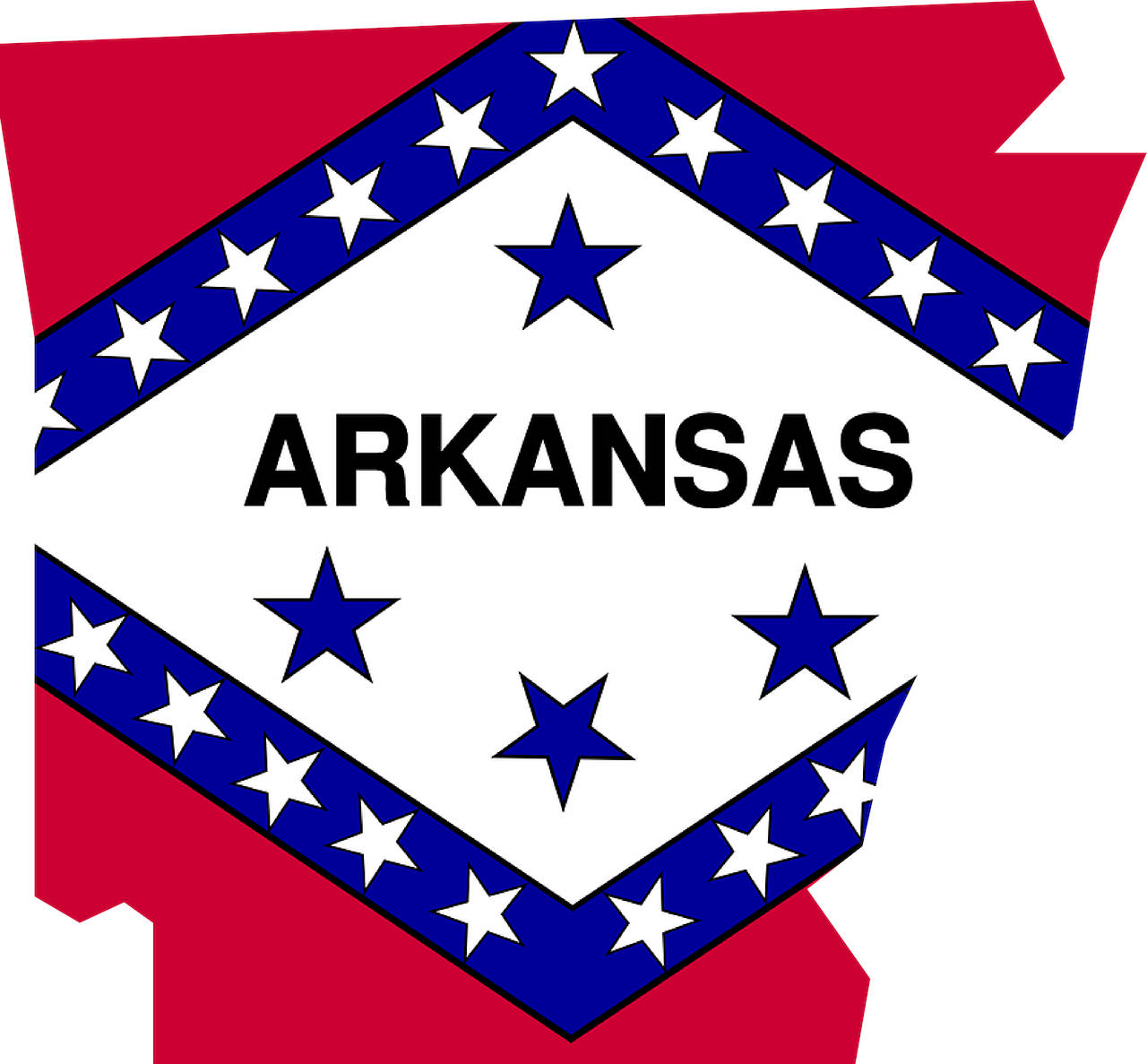Roaring Twenties brought booms and frivolous pursuits
User Rating: / 0
PoorBest
- Details
- Parent Category: South Arkansas Historical Journal
- Category: Volume 1
- Hits: 676
By Hazel Sample Guyol
They were called the Roaring Twenties and the decade was especially lively in El Dorado because of the oil boom which had started in January 1921. I was 10 years old in 1920, so I spent my teenage years in this rule-breaking era.
Historians say that, in the euphoria after the end of World War I (1918), along with the new joie de vivre came the crumbling of moral and social restraints. British historian Paul Johnson wrote that the 20’s were probably the most enjoyable decade in American history” when “people took to partying on a scale never seen before.”
This exuberance showed itself in a tangible way in El Dorado with a record breaking building boom. The great influx after the discovery of oil meant that schools, churches and other groups were overcrowded.
New construction was urgent, and many fly-by-night shanties went up, as well as slightly more durable temporary building like our high school. I spent the first two years of high school (a four-year period) 1923-25 in a drafty, frame building which was demolished after our imposing new brick high school was finished.
Along with the swelling school population, church memberships grew enormously. The three major churches: Baptist, Methodist and Presbyterian-also built grand new edifices. And the building boom extended to an impressive array of public buildings like the new municipal building, new banks, hotels, etc. There was also a great increase in the construction of private homes for the city’s millionaires, like the H.C. McKinney and Charles Murphy residences.
But the “roar” in the Roaring Twenties refers to more frivolous pursuits like the revolt against old styles and traditional customs and morals.
Changes in styles happen often, but few changes in our history were as drastic or as pervasive as the changes of the Twenties. It is hard for people nowadays to see why bobbed hair caused such a to-do. Before this era, it was almost written in stone that a girl had to let her hair grow before she started first grade. By the time she was 6, my older sister had long hair which had to be combed and braided before school every morning. Her combings were not kept, but, strange as it seems, some people had “hair receivers” as part of the dresser set and combings were dept in this decorative china receptacle.
All grown women had long hair. Mamma’s hair was so long it reached down to her waist. One Sunday when she was brushing it, the ends caught in the electric fan. Luckily Daddie was home and close by. He caught the fan as it fell and turned it off, so that Mamma’s hair could be disentangled. Combing, brushing and pinning up long hair in a bun or coil was no small task, sometimes taking 30 minutes or more.
A hair style for younger adults was that of puffs over the ears. I loved watching Aunt Ruth, all of 17 years old, prepare her puffs. She used rats to stuff inside the puff of hair over each ear.
Then she pulled a strand of hair over the top of the puff to anchor it. Scoffing young men called these puffs “cootie garages.” “Cootie,” a World War I word, meant lice.
In the early Twenties before central heating, we wore long johns which we called union suit at the ankle and tuck it into the cotton stockings in such a way as to create the smallest possible bulge. This unsightly bulge showed when we wore low-quarter shoes – which followed the high-top style. Some of these high-top shoes were fastened with buttons, and some were lace-ups. I still have a shoe-button hook with a silver handle which was used 80 years ago.
Long hair was swept away with the coming of the Jazz Age. Even Mamma eventually had her hair bobbed. It was certainly easier to handle. The flapper, icon of the age bobbed her hair, wore short skirts, an flaunted a free, uninhibited spirit. She danced the Charleston an she did the shimmy, a vigorous shaking of the hips, which some of the hips, which some adults considered vulgar.
In El Dorado High School, the quintessential flapper was a cute girl named J. Nell Webb who enacted to music a piece about the flapper. “You must flap to be a flapper. You must frivol, you must flirt, and do the things that other girls don’t dare.”
Among the “other girls” were the wallflowers, old-fashioned girls. There was even a song about them, assuring them that the flapper was “Only a toy to enjoy for awhile. For when men settle down,” the song said, “they always get an old-fashioned smile.” I don’t know what an old-fashioned smile was, but it was my observation that the men married the girls they had been dating, even those girls who were fast, “the red hot mammas.”
In the world outside El Dorado, the flapper ideal was Zelda Sayre who married F. Scott Fitzgerald, the preeminent writer about the wild parties of the period. On the screen, Clara Bow and Colleen Moore were the perfect flappers. In fact, Colleen Moore starred in the movie, The Perfect Flapper.
It was advertised as “a coming attraction” for several weeks before it came to town in the mid-1920’s. I recall this clearly because my best friend, quite a flapper herself, confided to me that she planned to see it, twice if necessary, and pick up pointers from it.
Many movies reflected this prodigal spirit. The titles tell the story. In addition to The Perfect Flapper, Colleen Moore starred in Flaming Youth, We Moderns, Her Wild Oat, and Naughty but Nice. Joan Crawford, a dazzling dancer of the Charleston, also made Twenties movies, including Our Dancing Daughters, Our Modern Maidens, and Untamed.
Like the movie stars, we teenagers in El Dorado danced the Charleston. At the many small private parties, we danced mostly to the music of Victrola records. However, the Purifoys gave a big summer dance at which live musicians played. There were many public parties too, but I did not attend them. It was said that a great deal of drinking went on at these. This was the Prohibition era, but, as someone observed, nobody noticed that booze was illegal.
Personally I did not see a lot of social drinking. Undoubtedly, I did not go to the right places. There were wild parties, but in El Dorado there was also a tamer group to which I belonged. However, I wasn’t totally sheltered. I certainly knew about corn liquor, “white lightning,” and I heard about the secret stills and drinking places called “blind pigs,” and “blind tigers.”
At one time, I even saw a whole case of corn liquor, bottled in quart fruit jars. And a high school classmates injured himself permanently when he jumped out a second-floor window during a drinking binge. He was hospitalized for months.
Groups of us visited him from time to time. His case was a painful reminder of the excesses of the age.
I graduated from high school in 1927. Our graduation festivities were dampened by the disastrous tornado at Strong, a town only 20 miles from El Dorado. The tragedy struck our family.
My uncle and cousin were killed, along with 30-35 others. For months, El Dorado hospital were full of tornado victims.
As the Twenties wound down. I went off to college in Arkadelphia in 1928. We traveled by train and did not return home until Christmas vacation. It seems strange now, but we took trunks – not steamer trunks, but big, full-sized ones because we had to take complete bedding along with a full wardrobe of summer and fall clothes. Clothes were much more important then than now when nearly everything is casual wear.
It was a dressy period, and we packed at least two formal gowns which we wore to the evening lawn parties. It may sound boring now, but all we did was converse, but if anyone spiked the punch, I didn’t know it. Many romances started at these parties.
The Jazz Age played itself out, and the exuberance ended in 1929 when the stock market collapsed and ushered in the Depression of the Thirties, just in time for my graduation in 1931 and subsequent job hunt. I did get a job, and I was one of the lucky ones, even though I was paid only $60 a month.
Hazel Sample Guyol is a resident of Arkadelphia who writes historical commentary for the Sunday News.
South Arkansas Sunday News – April 8, 2001
- < Prev
- Next >




